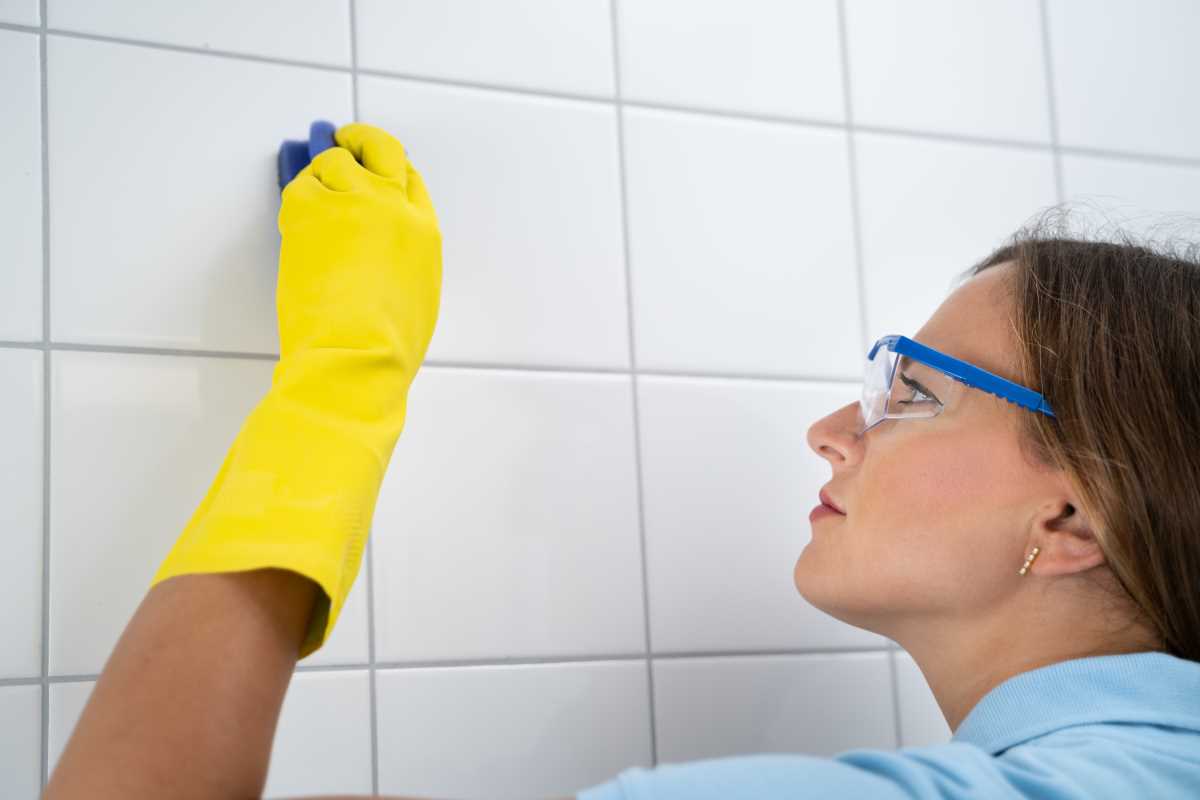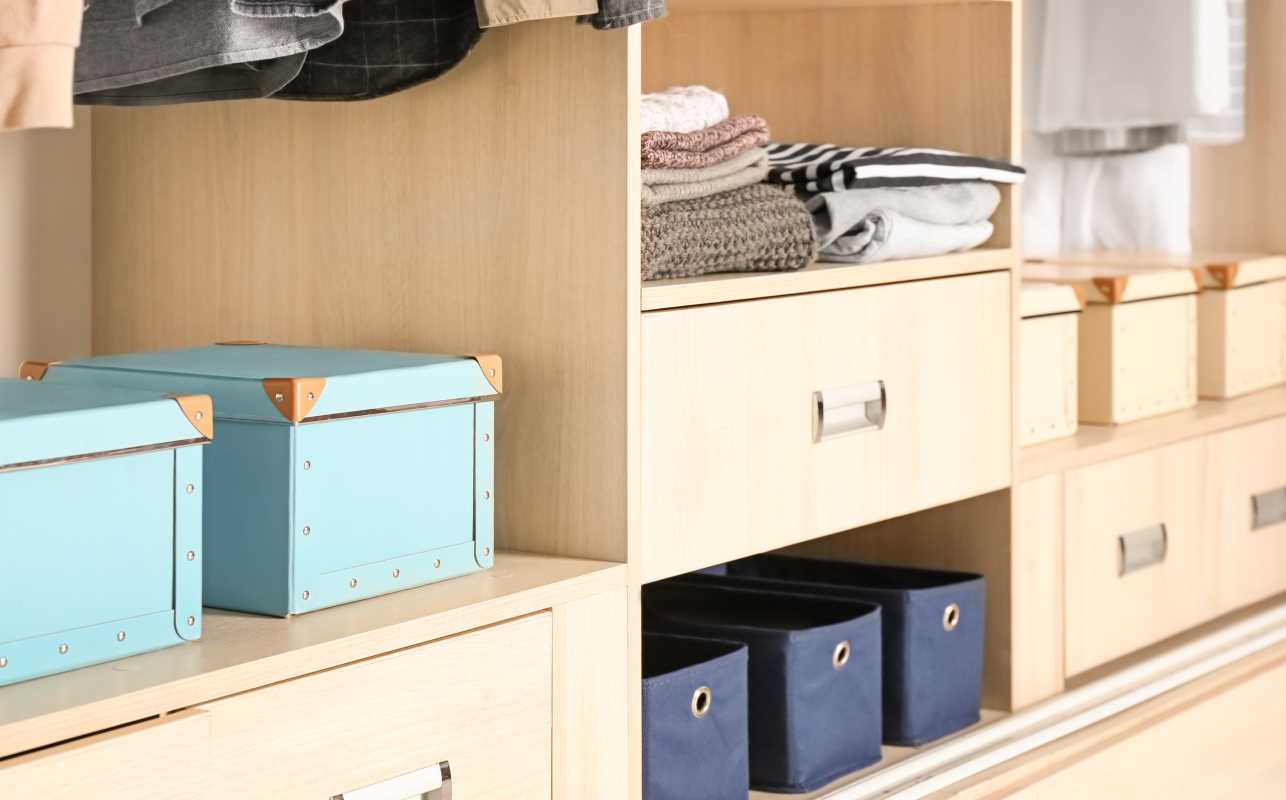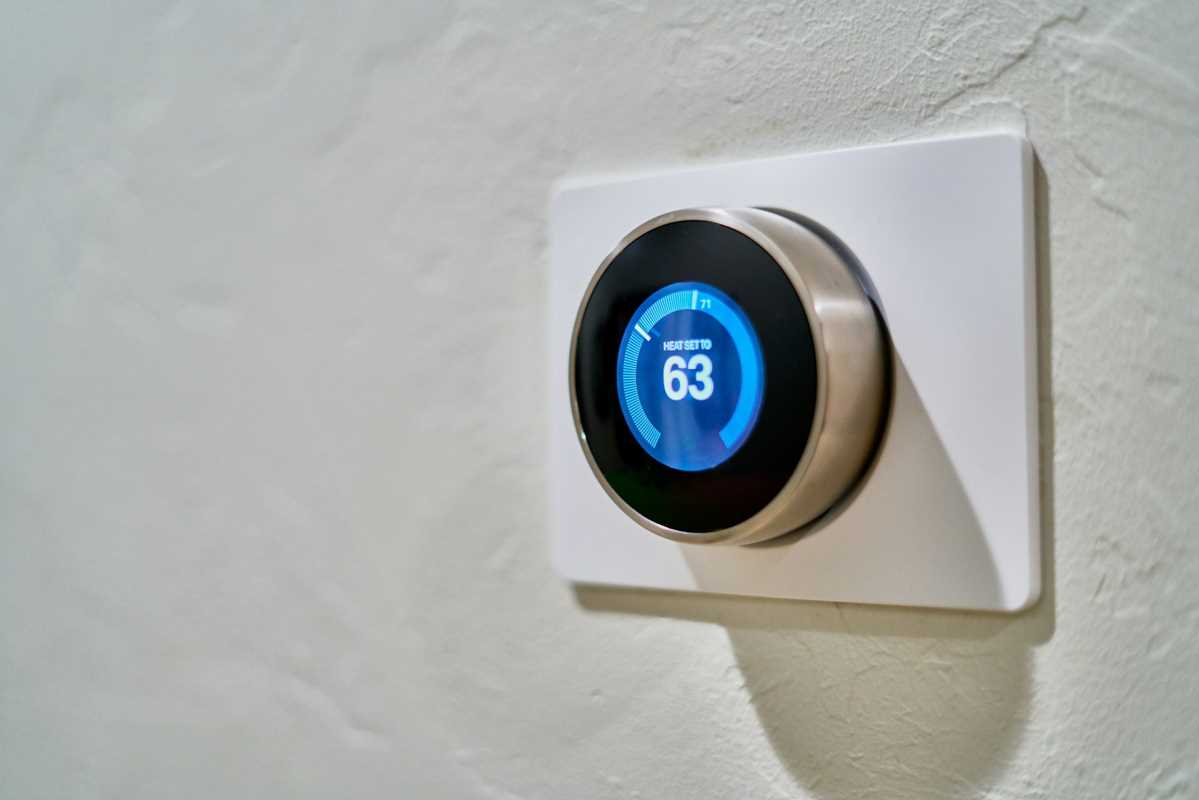Maintaining your home’s water heater is essential for ensuring efficient performance, prolonging its lifespan, and avoiding costly repairs or replacements. Regular maintenance not only keeps your water heater functioning optimally but also enhances energy efficiency, leading to lower utility bills. Here's a comprehensive guide on how to maintain your water heater effectively.
Understanding Your Water Heater
Before diving into maintenance tips, it’s important to understand the type of water heater you have. Most homes have either a tank-style water heater or a tankless water heater.
- Tank-style heaters store a specific volume of hot water, which is heated and kept in a tank until needed. Common capacities range from 20 to 80 gallons.
- Tankless heaters, on the other hand, heat water on demand, providing a continuous supply without the need for a storage tank.
Regular Inspections
Routine inspections of your water heater can help identify potential issues before they escalate into major problems. Here’s what you should look for:
- Visual Inspection: Check the area around your water heater for any signs of leaks, corrosion, or rust. Pay special attention to the fittings, pipes, and the base of the tank. If you notice any dampness or rust, it may indicate a leak that needs to be addressed.
- Temperature Pressure Relief Valve: This safety valve prevents excess pressure from building up in the tank. Test it periodically by lifting the lever on the valve. If water flows out, the valve is functioning correctly. If not, it may need to be replaced.
- Anode Rod: This sacrificial rod helps prevent rust inside the tank. Inspect the anode rod every two to three years. If it’s significantly corroded (less than ½ inch thick), it should be replaced.
Flushing the Tank
Sediment buildup can significantly reduce the efficiency of your water heater and affect water quality. Flushing your tank regularly (at least once a year) helps remove this buildup.
- Turn Off the Heater: For electric heaters, switch off the power supply. For gas heaters, turn the thermostat to the pilot setting.
- Connect a Hose: Attach a garden hose to the drain valve at the bottom of the tank.
- Open the Valve: Open the drain valve and let the water flow out. Be cautious, as the water will be hot.
- Flush with Water: Once the tank is empty, briefly turn on the cold water supply to the tank to stir up any remaining sediment. Let it drain again.
- Close the Valve and Refill: After flushing, close the drain valve, disconnect the hose, and refill the tank by turning on the cold water supply.
- Restore Power: Finally, turn the power back on or set the gas valve back to the desired temperature.
Checking the Temperature Settings
The temperature setting of your water heater can impact its efficiency and safety. Ideally, the thermostat should be set to 120°F (49°C). This temperature is hot enough for most household needs while reducing the risk of scalding and minimizing energy consumption.
To check the temperature:
- Use a thermometer to measure the temperature of the hot water from a faucet.
- Adjust the thermostat as needed. For electric heaters, this usually involves turning a dial; for gas heaters, you may need to use a screwdriver to adjust the setting.
Insulating the Heater and Pipes
Proper insulation can help maintain water temperature and reduce energy consumption.
- Insulate the Tank: If your water heater is older, consider wrapping it in an insulating blanket. Ensure it’s compatible with your model and follow manufacturer instructions.
- Insulate Hot Water Pipes: Insulating the first few feet of hot water pipes leading from the heater can reduce heat loss and improve efficiency.
Professional Maintenance
While many maintenance tasks can be handled by homeowners, professional inspections and servicing can ensure your water heater operates safely and efficiently. Consider hiring a licensed plumber for:
- Annual Inspections: A professional can thoroughly inspect your water heater, test safety features, and identify potential issues.
- Repairs and Replacements: If your water heater is making unusual noises, leaking, or not heating water effectively, it’s best to consult a professional for repairs or replacement.
Recognizing Signs of Trouble
Being aware of warning signs can help you catch problems early:
- Strange Noises: Rumbling or popping sounds can indicate sediment buildup.
- Inconsistent Water Temperature: Fluctuating water temperatures may signify a failing heating element or thermostat issue.
- Discolored Water: Rusty or discolored water can suggest corrosion inside the tank.
- Increased Energy Bills: A sudden spike in energy bills may indicate your water heater is working harder than it should.
When to Replace Your Water Heater
Even with proper maintenance, water heaters have a finite lifespan. Most tank-style water heaters last about 10 to 15 years, while tankless models can last 20 years or more. If your water heater is nearing the end of its lifespan and exhibits significant problems, it may be time to consider a replacement. Look for energy-efficient models that can help save on utility costs.
Maintaining your water heater is crucial for ensuring it operates efficiently and reliably. By incorporating regular inspections, flushing the tank, checking temperature settings, and recognizing warning signs, you can prolong the life of your water heater and enjoy consistent hot water in your home. Don’t hesitate to seek professional help when needed, as expert maintenance can save you from costly repairs down the line. By investing a little time and effort into maintenance, you can keep your water heater in top shape for years to come.
.jpg)






